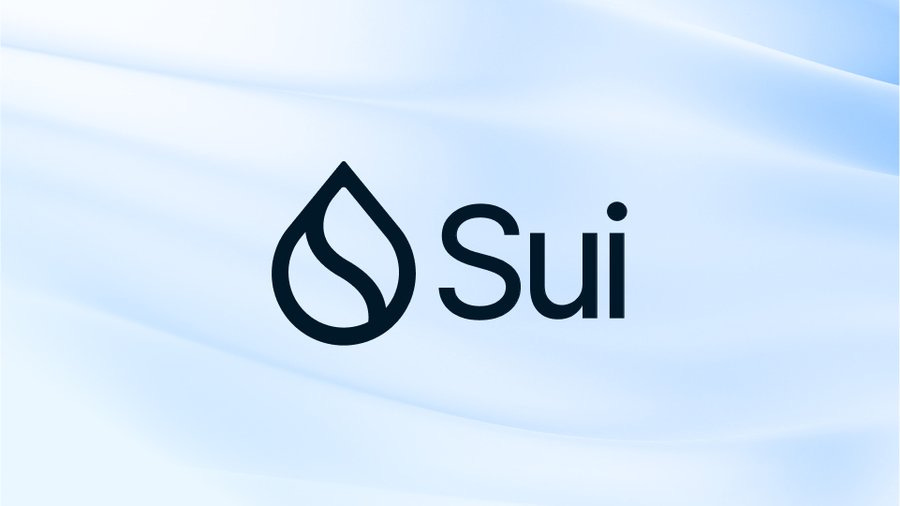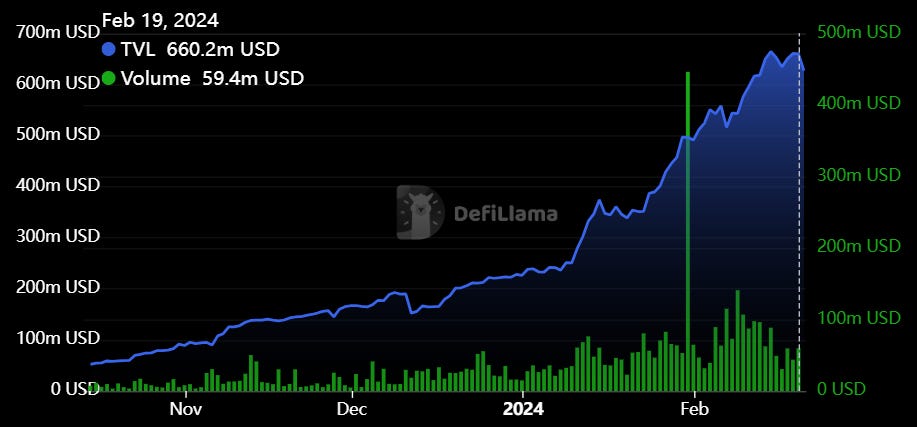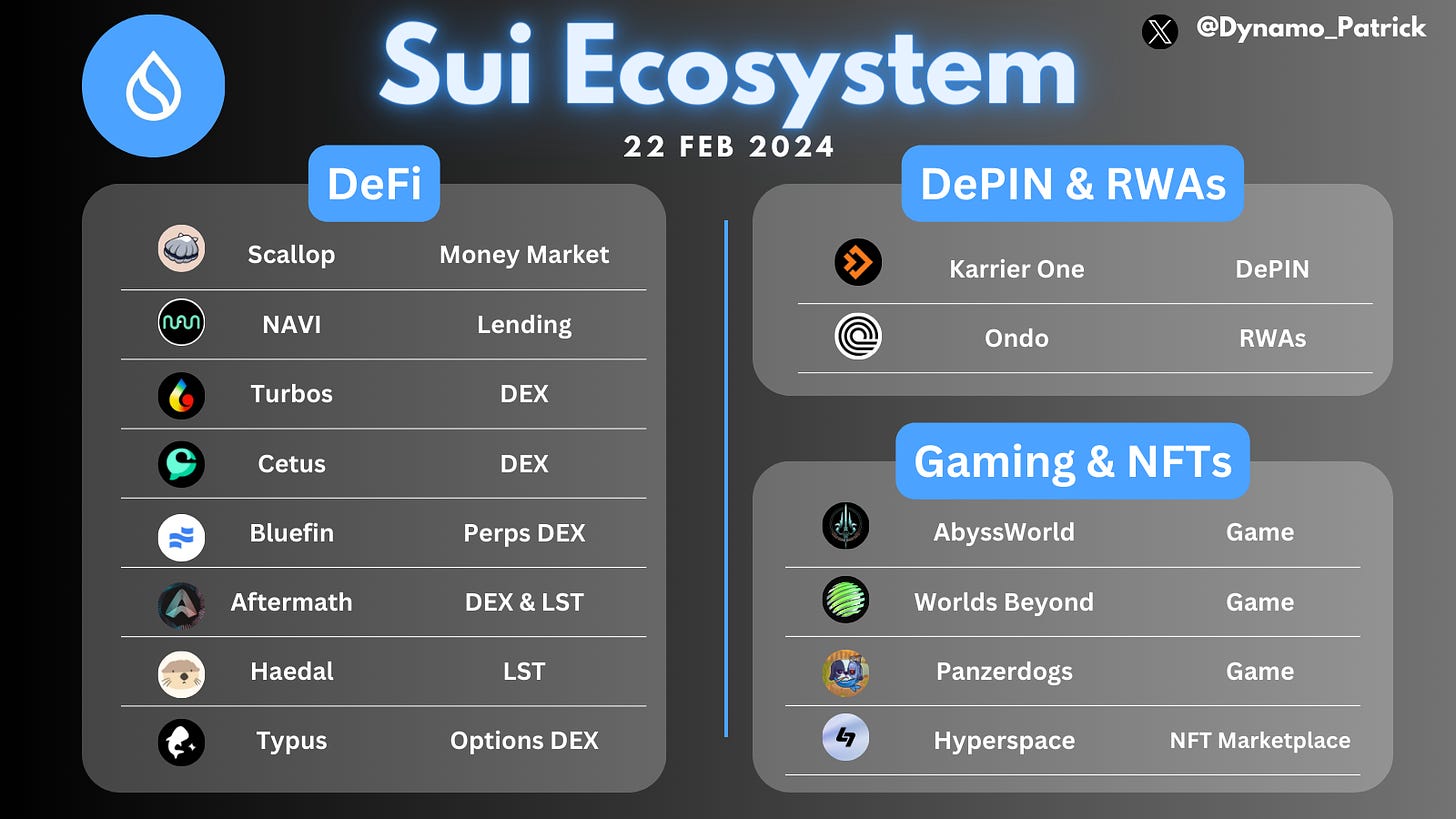In 2019, Facebook shocked the world. After months of speculation, the tech giant announced that they were developing Libra, a blockchain stablecoin payment system. The promise was immense: a crypto payment system that Facebook’s billions of users would use.
It didn’t come to pass.
After regulatory pressure, Facebook renamed the project to Diem and changed it from a basket of currencies to solely being US Dollar backed. This didn’t appease regulators. Eventually the project was shut down and the crypto infrastructure was sold to Silvergate Capital (yep, the one with the bank that went under) for ~$200M. Facebook’s parent company owned around 1/3 of Silvergate at the time - so this was mostly a return to investors.
Even though Libra as a project didn’t work out, several lasting things emerged from it:
The Move smart contract programming language was developed for Libra. (more on Move below)
Ex-Facebook employees who had worked on Libra went out to found Mysten Labs and Aptos Labs. Mysten Labs developed the Sui blockchain and Aptos Labs developed the Aptos blockchain.
The focus of this research piece will be Sui. Sui is one of the breakout new chains of the past year. Sui is a blockchain built for scalability and compliance that uses the Move programming language for smart contracts.
Sui’s usage has skyrocketed since its launch last May. This month, it hit $500M in TVL, a milestone that no other Layer 1 has reached that quickly.
Sui’s on-chain metrics have skyrocketed in recent months, which both TVL and volume exhibiting a strong long-term uptrend.
This article will get you up to speed on what Sui is, why it matters, and how you can take advantage of that.
Covered in this piece:
What makes Sui different and why should you care?
Move programming language overview
Sui ecosystem
Sui DeFi and airdrop opportunities
Keep reading with a 7-day free trial
Subscribe to Dynamo DeFi to keep reading this post and get 7 days of free access to the full post archives.







